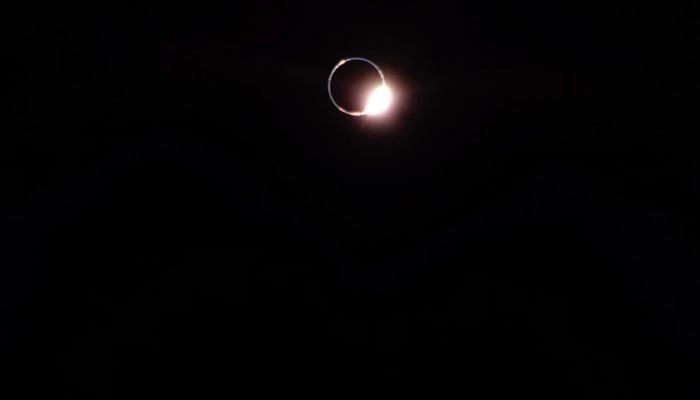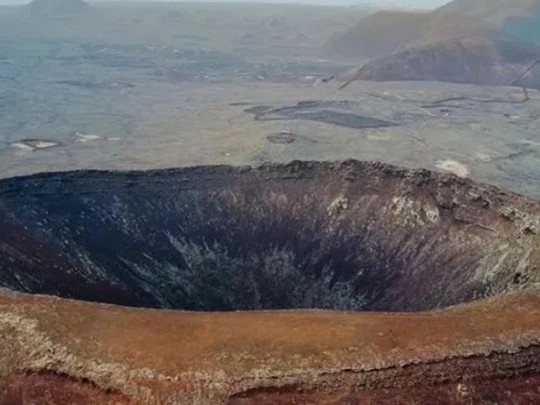Japan's SLIM lunar lander resumed operations and took photos of a nearby rock on January 28.

Photo taken by the SLIM spacecraft after reactivation. Photo: JAXA
After landing on the Moon on January 20, the Japan Aerospace Exploration Agency (JAXA) announced that a problem with its solar panels prevented its lander from generating electricity. However, JAXA successfully restored communication with the SLIM (Smart Lunar Lander) spacecraft, bringing the spacecraft back to life, according to an announcement on January 29 on social media X. They immediately began scientific observations with the lander's Multi-Band Spectral Camera. JAXA also shared a photo of a rock near SLIM.
The SLIM mission made Japan the fifth country to soft-land on the Moon, after the United States, the Soviet Union, China and India. But about three hours after landing, JAXA decided to shut down SLIM with 12 percent of its remaining power to facilitate recovery as the angle of the Sun changed. The lander achieved its landing target of 100 meters from the target, touching down 55 meters away. That's much more accurate than a typical landing zone of several kilometers.
SLIM headed toward a crater where the lunar mantle (the layer deep beneath the crust) was thought to be exposed to the ground. Two probes successfully separated from SLIM, one carrying a transmitter and one designed to roll across the lunar surface and beam images back to Earth. The shape-shifting mini-robot is slightly larger than a tennis ball.
Russia, South Korea and the UAE are also looking to land on the moon. In January, the Peregrine lunar lander, developed by the US company Astrobotic, leaked fuel after takeoff, causing the mission to fail. Authorities lost contact with the spacecraft in a remote area of the South Pacific, where it likely burned up in Earth’s atmosphere. NASA has also postponed plans to send humans to the moon under its Artemis program.
An Khang (According to AFP )
Source link


![[Photo] Closing of the 11th Conference of the 13th Central Committee of the Communist Party of Vietnam](https://vstatic.vietnam.vn/vietnam/resource/IMAGE/2025/4/12/114b57fe6e9b4814a5ddfacf6dfe5b7f)
![[Photo] Overcoming all difficulties, speeding up construction progress of Hoa Binh Hydropower Plant Expansion Project](https://vstatic.vietnam.vn/vietnam/resource/IMAGE/2025/4/12/bff04b551e98484c84d74c8faa3526e0)





























































































Comment (0)